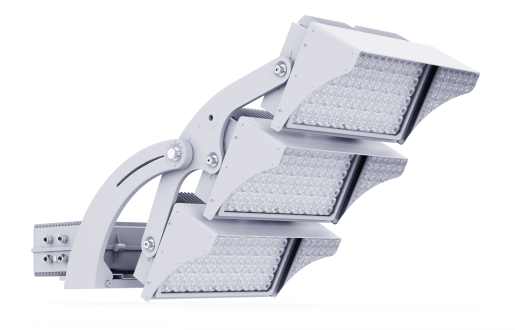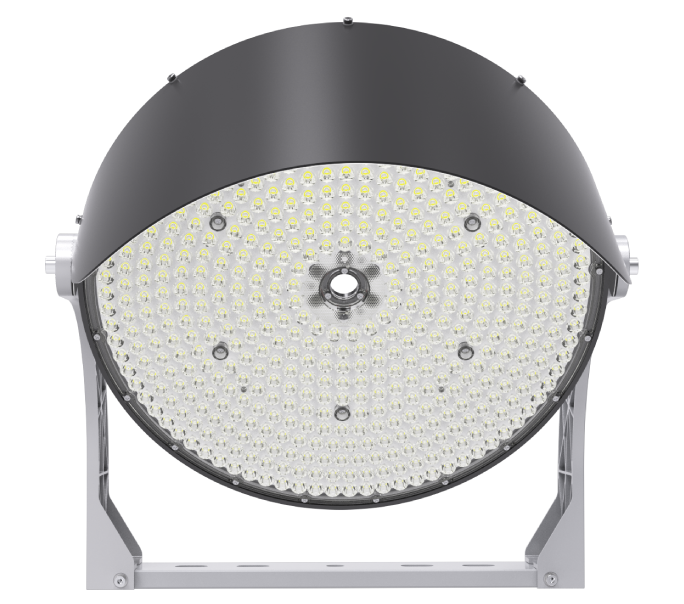Baseball Field Lighting Design: Best Led Baseball Field Lights
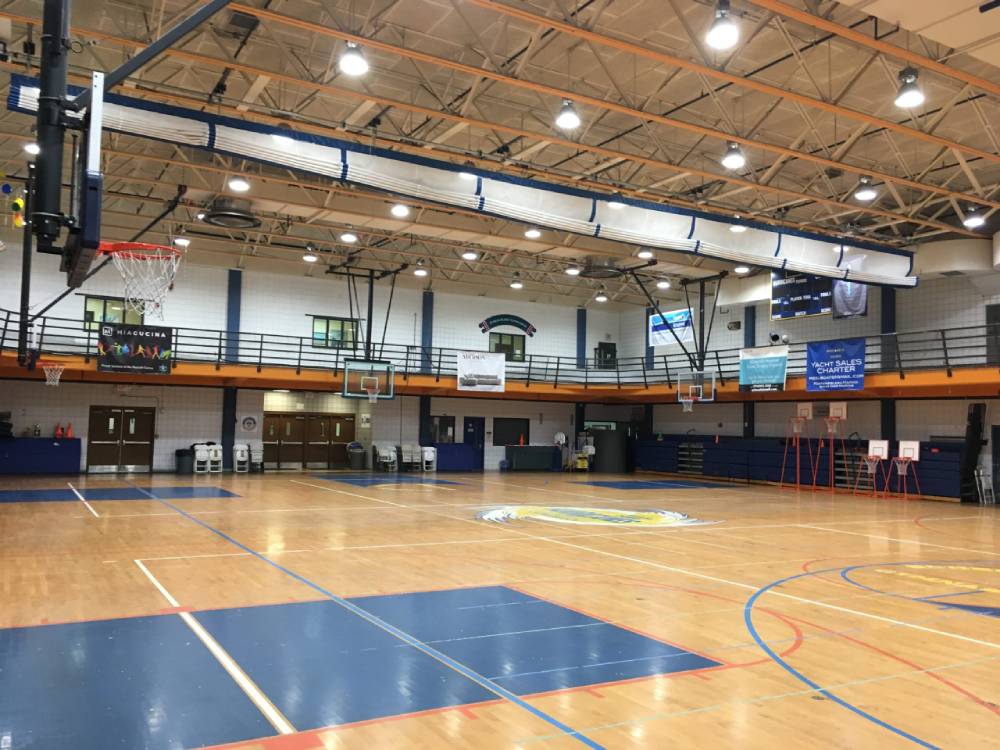
Directory:
1. Baseball Field Lighting Design
2. Selection of Lighting Fixtures
3. Baseball Field Lighting Control System
4. Best Led Baseball Field Lights
1. Baseball Field Lighting Design
1.1 Illumination and Uniformity Calculations for Inner and Outer Fields
The baseball field lighting needs differ from those of other sports venues. A baseball field is approximately 1.6 times larger than a football field and has a fan-shaped layout. There is a significant disparity in illumination between the inner and outer fields, with the average illumination in the inner field being about 50% greater than that of the outer field. Consequently, achieving uniform illumination in the outer field poses a challenge. It is essential to account for the illumination differences between the inner and outer fields, particularly at their boundary. The design aims to create a notable contrast in illumination values between these areas, with the boundary acting as a threshold that reduces the illumination in the outer field adjacent to the inner field. This approach helps to minimize the illumination disparity between this area and the outer field's arc edge, thereby enhancing the uniformity of the outer field's lighting. Each lamp's projection point and beam angle must be carefully selected and calculated, and adjustments to the height of the lamp poles may be necessary to ensure compliance with the International Commission on Illumination (CIE) standards and relevant domestic venue regulations.
The baseball field lighting design should not only achieve the required average vertical and horizontal illuminance but also ensure uniformity in both vertical and horizontal illuminance, as well as maintain an appropriate ratio between average vertical and horizontal illuminance. Additionally, it is important to control the glare index and choose light sources with a high color rendering index and suitable color temperature to fulfill the essential functional requirements of the baseball field lighting system. This will enable baseball players to perform their skills effectively during night practices and games, while also ensuring that their movements and postures are clearly visible during televised broadcasts, allowing for the accurate capture of the baseball's trajectory during high-speed motion.
1.2 Identifying the Projection Point and Managing Glare
To minimize glare, it is essential to identify the projection point, modify the height of the light poles, choose the appropriate beam angle for the lamps, and consider various other factors. However, this task is particularly challenging for the baseball field due to its location in a quicksand geological area. Any increase of 1 meter in the height of the light poles or the weight of the lamps complicates the installation process, significantly affecting both performance and cost. This presents considerable challenges regarding safety, budget, and functionality. Additionally, the four light poles positioned along the arc of the baseball field are directed towards the home plate, which can easily result in glare for the players when assessing vertical illumination levels. Therefore, managing glare is a crucial aspect of the baseball field lighting design. It requires meticulous placement of the lamps, repeated calculations, and adjustments until an acceptable illumination value is achieved, as illustrated in Figure 1. Figure 2. and Table 2.
fig1 Schematic diagram of glare observation point
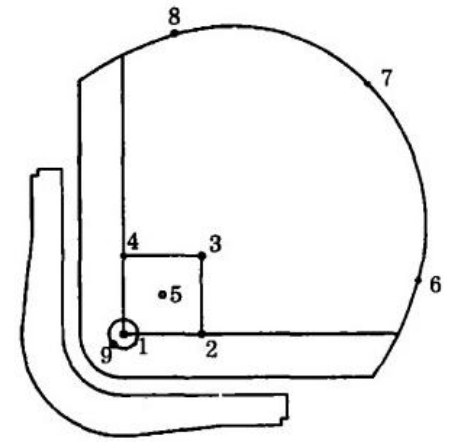
fig2 Total lighting diagram
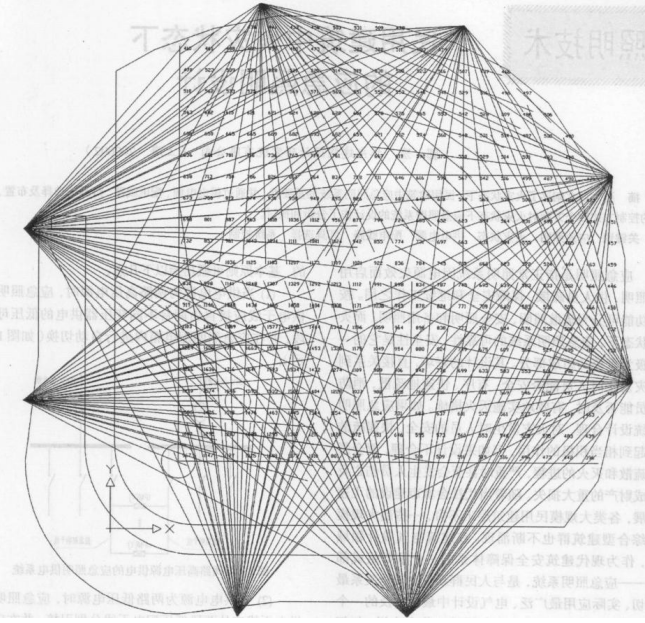
table2 Calculation of Glare Index (GR) in Stadium Lighting Design

2. Selection of Lighting Fixtures
A total of 292 specialized stadium lighting fixtures have been chosen, featuring four different beam angles: Y2. Y3. Y4. and Y5. with Y5 designated for emergency lighting.
3. Baseball Field Lighting Control System
The baseball field lighting system encompasses two main components: a specialized low-voltage power supply and distribution system, and the lighting control mechanism.
3.1 Power Supply and Distribution System
The power supply system utilizes a dual power automatic switching device and includes a dedicated emergency power supply to ensure continuous operation of the stadium. The cabinet is designed in a drawer format for easy maintenance and good interchangeability. Each lighthouse is accompanied by a maintenance box for convenient upkeep, featuring a clear power disconnection point to facilitate safe operations between the lighthouse and its associated components.
3.2 Control System
This system supports network management and includes a connection signal interface. A central monitoring computer oversees the entire baseball field lighting system's operational status through a graphical interface, displaying the status of controllers and circuits. The monitoring software features a standard window menu and toolbar, making it user-friendly and easy to navigate. The operational status of the lighting equipment is presented in a clear graphical format.
The display screen shows a simulation diagram of the light positions for the eight lighthouses, allowing users to independently turn each light group on and off with a click.
A simulation scene panel is available on the display, featuring modes such as emergency, maintenance, training, competition, TV broadcast, and off. Users can select the desired mode with a mouse click for quick activation. Additionally, a remote control operator is provided for remote management, which can be positioned anywhere within the stadium.
Users can preselect, edit, and save lighting modes on the computer.
The system also includes comprehensive management features, such as recording lighting duration and automatically tracking lamp lifespan.
Control options for turning each lamp group on and off include manual, automatic, and automatic interlocking functions. Each circuit is equipped with an independent manual operation button and signal light.
Users can operate standard functions directly on the computer screen using a "trackball" (mouse).
In the event of a power failure, the stadium lighting will automatically revert to its previous operational mode once power is restored, requiring re-execution of any changes.
The system can also manage the opening and closing intervals between light groups to minimize impact on the power grid.
The baseball field guarantees the precision of the lighting design indicators by collaborating across multiple aspects, including lighting design, lamp selection, power distribution and control systems, as well as the choice of lamp poles and fixtures. Following on-site testing, all lighting indicators have met or surpassed the design specifications.
4. Best Led Baseball Field Lights
